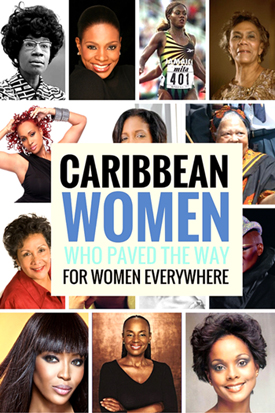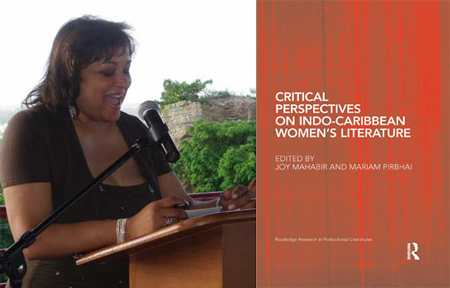 |
International Women’s Day was celebrated globally on March 8, and some countries devote the entire month of March to highlight the accomplishments of girls and women.
On March 23, 1868, an indentured labourer from Iere Village, Kunjah, sent his two daughters, Mungari and Subharti, with their brother, to learn to read. Their classroom was the doorstep of the house across from theirs where Presbyterian missionaries John and Sarah Morton lived. At ages five and seven, the girls were already engaged to be married according to traditional Hindu custom, but Kunjah sent them to be educated because he was adamant that his children would never be part of the exploitative system of indentureship.
In the Naparima region there were many estate strikes. The question for indentureds was how to radically transform labour relations. For indentured women, the path was education. After 1868, so many indentured women wanted their daughters to be educated in the new Canadian Mission schools that the first girls’ high school, catering primarily though not exclusively to Indo-Trinidadians, was started in 1912.
|
|
The first class at Naparima Girls’ High School (NGHS) was made up of Christian, Hindu and Muslim girls whose grandparents and parents, many still indentured, scraped together the school fees.The demand for education was so great that a dormitory had to be opened so that girls from places like Woodbrook, Fyzabad, Guaico and Ecc lesville could attend. To indentured women, education was revolutionary praxis.
From Jamaica to Guyana there are many Indo-Caribbean feminist traditions. In all of these, one consistent element is the deep desire for knowledge and the reverence for intellectual development that indentured women passed on to their daughters. In some cases it was difficult for men to come to terms with the new female independence unfolding before their eyes. In her novel Jahajin, Peggy Mohan tells the poignant story of Ajie, who came home from boarding school at NGHS, delighted to show her father that she had come first in her Hindi class. Her excitement was cut short when she saw the wedding tent that she knew was for her. Realising that she would have to stop school, she started to cry.
Schools in the Naparima educational system were different from other schools on the island because they were not established for the children of the planter classes. Of course girls read Chaucer, Shakespeare and Keats, but they were encouraged to articulate a Caribbean identity true to their social and historical experiences, and inclusive of all cultures in Trinidad. It’s not surprising that so many female writers have emerged from the Napa rima system of education including but not limited to Dionne Brand, Madeline Coopsammy, Ramabai Espinet, Patricia Mohammed, Peggy Mohan, Shani Mootoo, Fawzia Muradali-Kane and Rajan daye Ramkissoon-Chen. rima system of education including but not limited to Dionne Brand, Madeline Coopsammy, Ramabai Espinet, Patricia Mohammed, Peggy Mohan, Shani Mootoo, Fawzia Muradali-Kane and Rajan daye Ramkissoon-Chen.
To see the late Rajan daye Ramkissoon-Chen read her poetry was always a moving experience. Her poem When the Hindu Woman Sings Calypso traces the journey of women from kitchen to matikor circle to national stage. Whether this national stage was in the arena of culture, science or politics, Ramkissoon-Chen says, “the whole country listens” when Indo-Trinidadian women dare to lift their voices.
The girls Mungari and Subharti who sat on the wooden doorstep learning to read were the aunts of my grandmother, Rose Kunjah. In her historical account of this period, Sarah Morton misrepresents the history of the Kunjah family, claiming that Rose’s father, John, died in 1868 when he fell off a cane cart. In fact it was John’s friend, Doman, who fell off a cart in the Malgretoute estate, dying as a result.
In her novel, The Swinging Bridge, Ramabai Espinet, one of Rose Kunjah’s granddaughters, would echo what girls in the Naparima system were told every day: “Girls, remember that you can be anything—I repeat anything—you want to be. Just aim at the stars and study like hell.” Today, Caribbean girls need to hear these inspirational words. Indentured women knew that through education their daughters would be one step closer to the goals of freedom and equality so intrinsic to all Caribbean feminists.
|